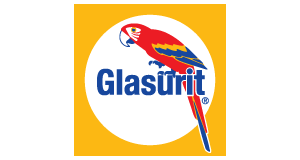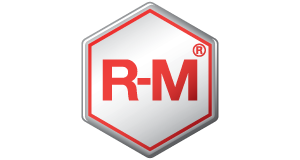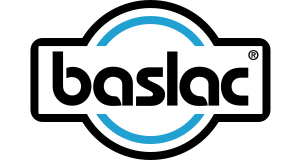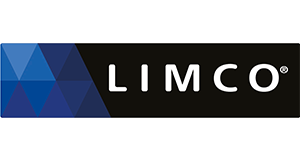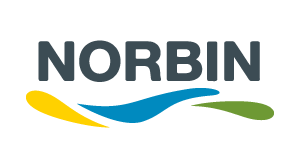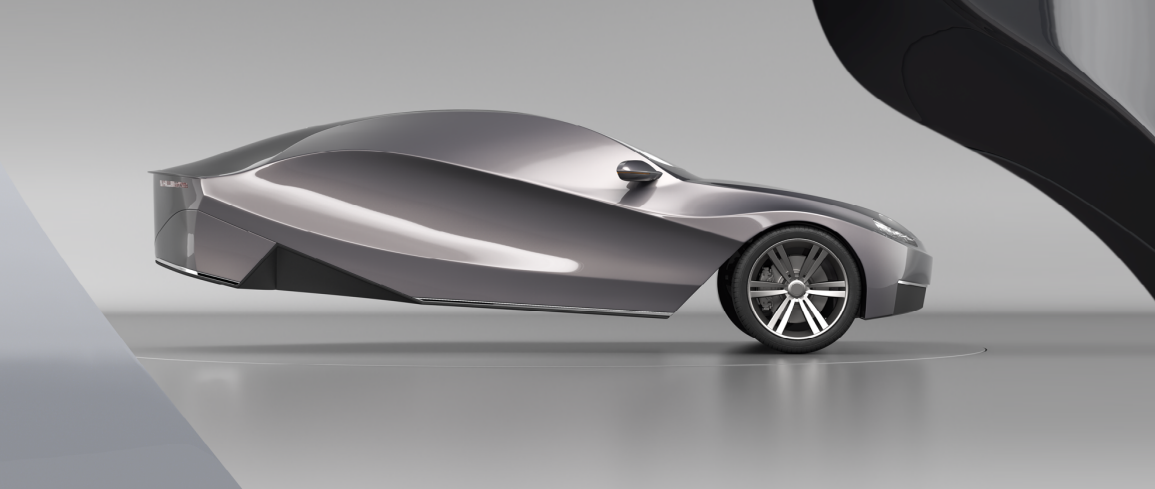
While white and black still win, chromatic colors gain market share around the globe
◼ Expanding color spaces make the overall rainbow of automotive color broader
◼ White, black, gray, and silver still dominate for non-commercial vehicles
◼ Yellow, orange, green, and violet all gain market share
As they have for several years, achromatic colors dominated the automotive market around the globe in 2022. But as BASF’s designers found in the company’s Color Report for Automotive OEM Coatings, the automotive color rainbow is expanding to allow colors like yellow, orange, green, and violet to take market share.
Despite the shift in colors, the achromatic colors – white, black, silver, and gray – followed a familiar pattern, coating the majority of the non-commercial vehicles produced in 2022. As it has been for several years, white is still the most popular car color around the world for its classic, timeless beauty, and high resale value.
If buyers didn’t choose achromatic colors, they often went for blue or red. While those two color spaces are still very popular, other chromatic colors like yellow, orange, green, and violet are all gaining market share in most regions of the world. This shows that BASF’s customers – the automakers – are embracing a wider range of diversity and breadth of color than before.
The data cited throughout the report also shows that automakers produced more vehicles as they bounced back from the effects of the global pandemic and regional supply chain challenges.
EMEA: More colorful, even though its two biggest colors (white and black) also increased
Europe, Middle East and Africa (EMEA) showed gains for its two most popular colors – white and black – and losses in market share for gray and silver. At the same time, the region got much more colorful.
Blue still has a commanding lead among chromatic colors in EMEA, but both blue and red lost market share. Orange started appearing in car buyers’ preferences, and yellow, brown, and green all picked up a few percentage points.
“White and black increased this year, but the bigger story is diversity in the chromatic colors,” said Mark Gutjahr, head of Automotive Color Design, EMEA. “When you add the market share of yellow, orange, brown, and green, you can see more hues and diversity, reflecting a more nuanced color palette and a depth and breadth of color that has developed in the last year or two.”
North America: More chromatic colors like violet show up
North American car buyers have fewer choices for chromatic colors, but that doesn’t mean they’re choosing fewer chromatic cars, trucks, or SUVs. Blue and red are still dominant, but the region is more colorful than before as green, yellow, violet, and beige show up more often.
Blue is still on top, and the gap between blue and red is widening as blue continues its dominance. Achromatic colors like black, gray, and silver lost some market share, especially in larger vehicles. That allowed earthy tones like beige, brown, and green to increase, and violet to gain market share as car buyers’ tastes change.
“If you look at the heavy hitters among the chromatic colors, blue and red are on top. But with people turning more to nature, natural colors like green, yellow, violet, and beige are making their mark,” said Liz Hoffman, head of design, The Americas. “Car buyers are also looking for a vehicle color that conveys their positivity.”
Asia Pacific: Increase of gray shades boosted the share of achromatic colors
As BASF’s designers saw in other regions of the world, white was also the most popular color in Asia Pacific. The real focus this year is an increase in gray shades, hinting at a new era in the automotive industry, and the changing values and habits of car buyers.
While the total numbers aren’t huge, brown, green, and violet are all consistent in color popularity. It will be a long time before they challenge white for the most popular, but for now, they add to the tremendous diversity of color in Asia Pacific. That’s especially true among small vehicles and NEVs, which are selling in a wider range of colors.
Gray gained about six percentage points in popularity, taking market share from blue, red, gold, and brown.
“Gray is more attractive and popular than ever. Users never give up pursuing uniqueness and individuality in achromatic colors,” said Chiharu Matsuhara, head of design, Asia Pacific. “Some gray shades with blue or violet undertones are working their way into the market, with solid-like effects and also added color pearl effects showing great diversity in the color space.”
South America: The lightest region as white, silver, and beige dominate the market
Historically, South American car buyers have chosen more traditional, less flashy colors. Like other regions, white is by far the favorite, and gray beats black in market share for the achromatic colors.
For chromatic colors, red and blue were stable, while brown gained some market share. Those colors were most likely chosen for smaller vehicles. Larger cars and SUVs had the highest share of achromatic colors, including new and varied effects for gray featured on larger cars.
“South America is still a conservative region. Buying a vehicle in SA means you may not have the same variety of colors, but within each color space, there are some really exciting and different effects,” said Marcos Fernandes, Director Regional Business Management, Automotive Coatings South America.
The BASF Color Report for Automotive OEM Coatings is a data analysis from BASF’s Coatings division based on global automotive production and paint application to non-commercial vehicles in 2022.
